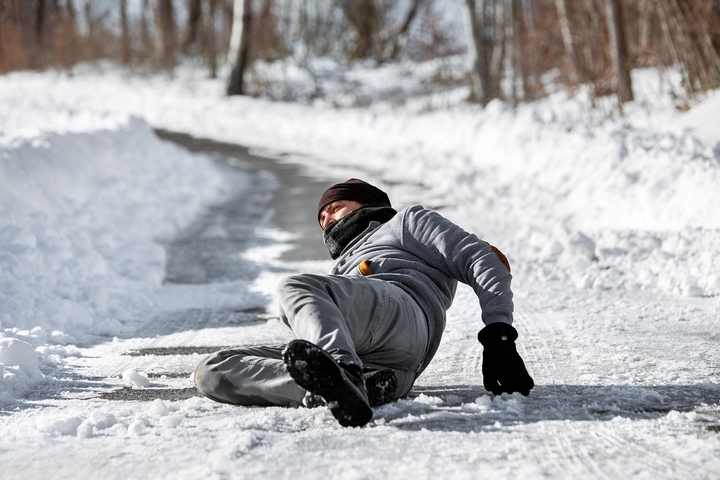8 Tricks on How to Not Slip on Ice
We are all bound to slip and fall at some point in our lives. You can chalk it up to just being clumsy, or there may be more environmental factors at play. In regards to the latter, this is more pertinent during the winter season. Trying to traverse surfaces that have been frozen solid by ice is a delicate process.
You will want to have all senses engaged when walking on ice. Not paying attention can lead to a potentially damaging slip and fall in mere seconds. In order to avoid this precarious situation, you should check out these eight tricks on how to not slip on ice:
1. Wear Slip-Resistant Shoes Or Boots
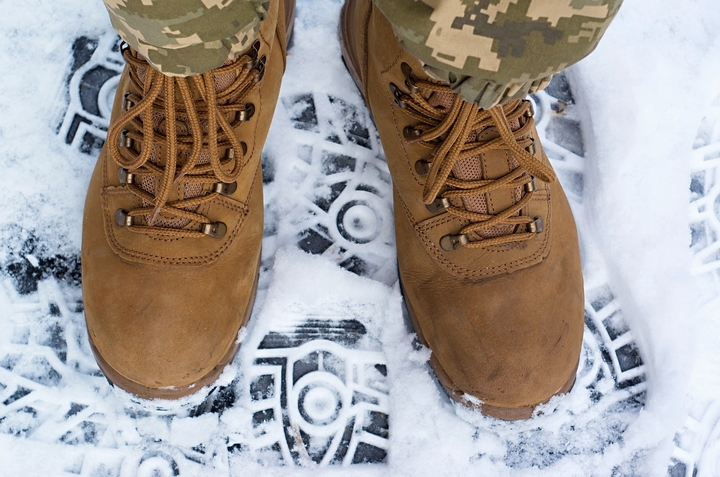
One of the most obvious ways for how to not slip on ice involves your footwear. Many footwear companies have developed shoes and boots that provide great traction when specifically walking on icy surfaces. Not only does the supporting grip on the shoe allow for proper movement, it will undoubtedly prevent slips as well.
As long as you are cognizant of where you are placing your feet on the ice, you will be able to traverse the surface accordingly. Most of these types of footwear are relatively affordable and are immensely comfortable as well. Some are also environmentally-friendly; you’ll be going green while on the ice!
2. Add Extra Grip To Your Footwear
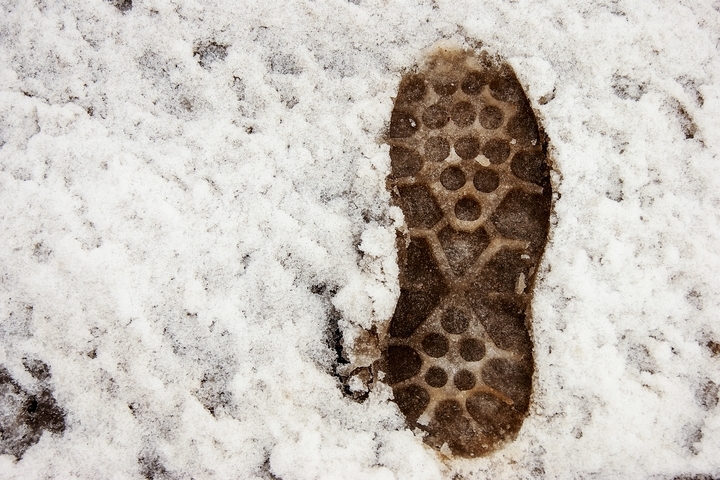
During the winter months, your car needs to have winter tires installed for better traction on the road. The same applies to your footwear. If you do not have the correct footwear on, then help is still available to you in the form of ice grips.
These great accessories can easily be slipped on and off, providing additional stability when traversing an icy surface. You can purchase these removable ice grips at any applicable footwear store. Traction should be prioritized as it relates to your footwear in the winter months!
3. Applying A Liquid De-Icer
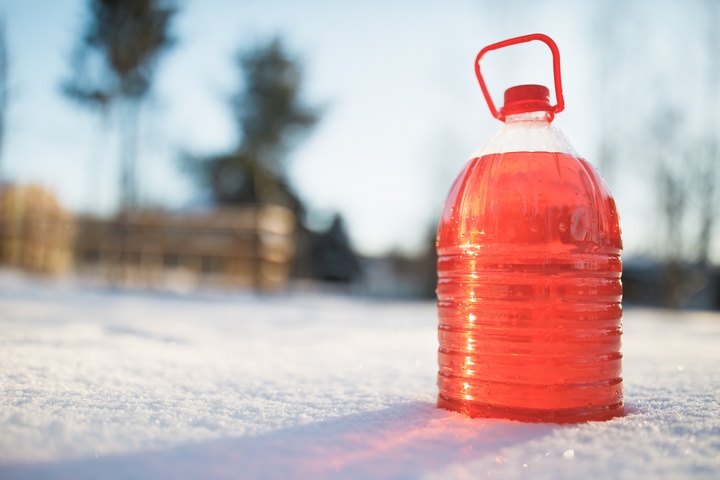
Ice melt can be a lifesaver when it comes to getting rid of the threat posed by an icy surface. If you have a patch of ice near your property that is posing a problem, use a liquid de-icer to get rid of the frost.
A liquid de-icer directly penetrates the ice frozen on top of a surface. This will help prevent slip-and-fall accidents altogether, so you can easily traverse the surface. Apply it in appropriate amounts before a winter storm, and you’ll prepare your pavements in the event of ice freezing over it.
4. Pace Yourself on the Ice
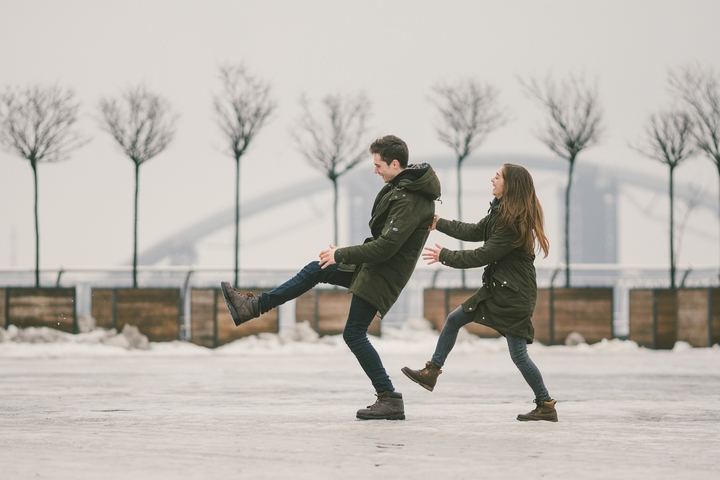
In the event that you are not wearing slip-resistant footwear, traversing ice may be a bit more difficult. However, it is not impossible. Most of us increase our speed when we move forward on an icy surface. This may be the last thing that you’ll want to actually do.
Accelerating your speed on ice may feel correct, but it is most likely just setting you up for a fall. Since we do not know how slippery the approaching surface will be, it is important to just pace yourself. Push your feet along the ice instead of picking them up; this allows you to keep a normal balance.
5. Walk Like A Penguin
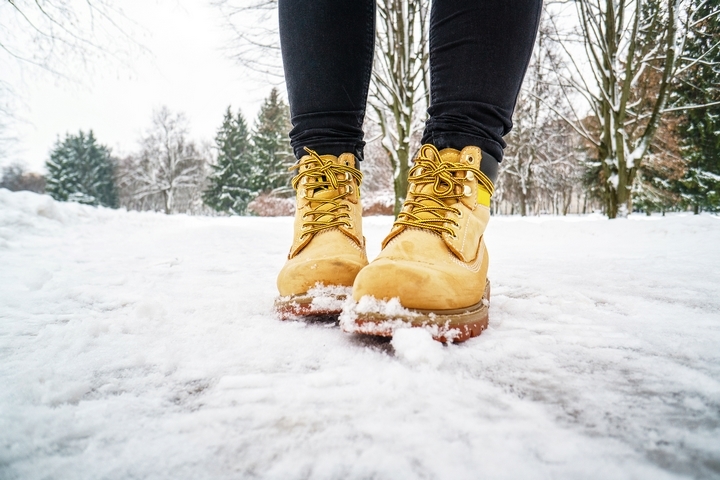
No, seriously. Mimicking the movements of a penguin can help in navigating an icy surface during the winter months. Make sure you walk flatfooted and keep your feet spread; this helps keep your center of gravity forward. Your arms must also be free and at your sides to maintain balance.
As long as you keep yourself at a good pace, you will not slip on ice. You will be able to pass the icy surface in no time!
6. Avoid Uneven Frozen Surfaces
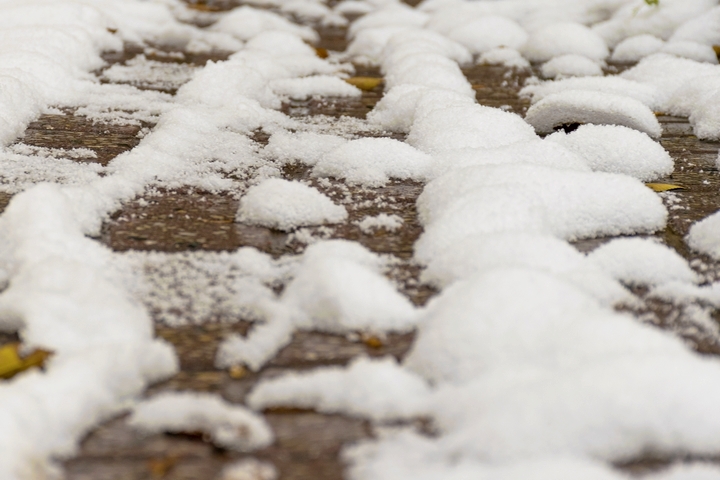
Normally, most individuals will be walking along a flat and even icy surface at some point during the winter. However, uneven, frozen surfaces are bound to be encountered at some point. It’s best to avoid these surfaces altogether, as they are guaranteed to make you slip and fall.
7. Don’t Carry Additional Weight

Traversing an icy surface during the winter is best done when you aren’t impeded by extra weight carrying you down. To avoid a hazardous slip and subsequent fall, don’t carry too many items along with you. The additional weight disrupts the natural balance your body has, and can contribute to a hard fall on the ice.
8. Control Your Fall
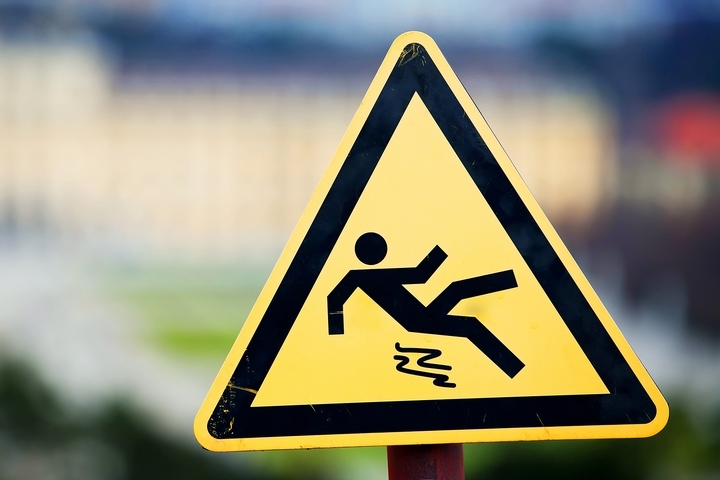
With the right amount of precision, you can avoid slipping on an icy surface. However, as with many things in life, not everything is foolproof. In the event that you do slip on ice, don’t freak out. You can naturally balance your body in a way that will allow you to control your fall.
During a fall, try, to the best of your ability, to bend your knees. This will allow you to absorb some of the incoming impact. Take the reins in regards to your reaction time; the fall will happen fast, but the hurt from the crash can be reduced.
Ice on a surface can be pretty deceiving to the human eye. You want to take all necessary steps to ensure you are both aware of its presence and that you can cross it safely. Take your time; your body will thank you in the long run!
